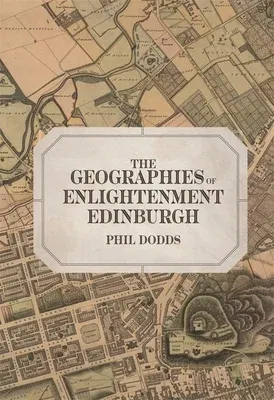This innovative book explores how the making of Edinburgh as an
influential Enlightenment capital depended on a series of spatial
processes that extended across urban, regional, national and global
scales.
Edinburgh was an Enlightenment city of regional, national and global
influence. But how did the people of Enlightenment Edinburgh understand
and order their world? How did they encounter, compare and produce
different kinds of spaces, from the urban to the world scale? And how
did this city set the universal standards by which other places should
be judged and transformed?
The Geographies of Enlightenment Edinburgh answers these questions by
exploring the thousands of urban plans, county surveys, travel accounts
and encyclopaedias that passed through a busy Edinburgh bookshop over
four decades. It reveals how these geographical publications were
produced and shared, and sheds light on the people who bought and used
them - including moral philosophers, silk merchants, school teachers,
ship's surgeons and slave owners.
This is the story of how specific methods of mapping space came
ultimately to predict and organize it, creating a new world in
Edinburgh's image. By connecting global processes of knowledge
production to intimate accounts of its reception in the city, this book
deepens our understanding of the Scottish Enlightenment and the world it
made.

